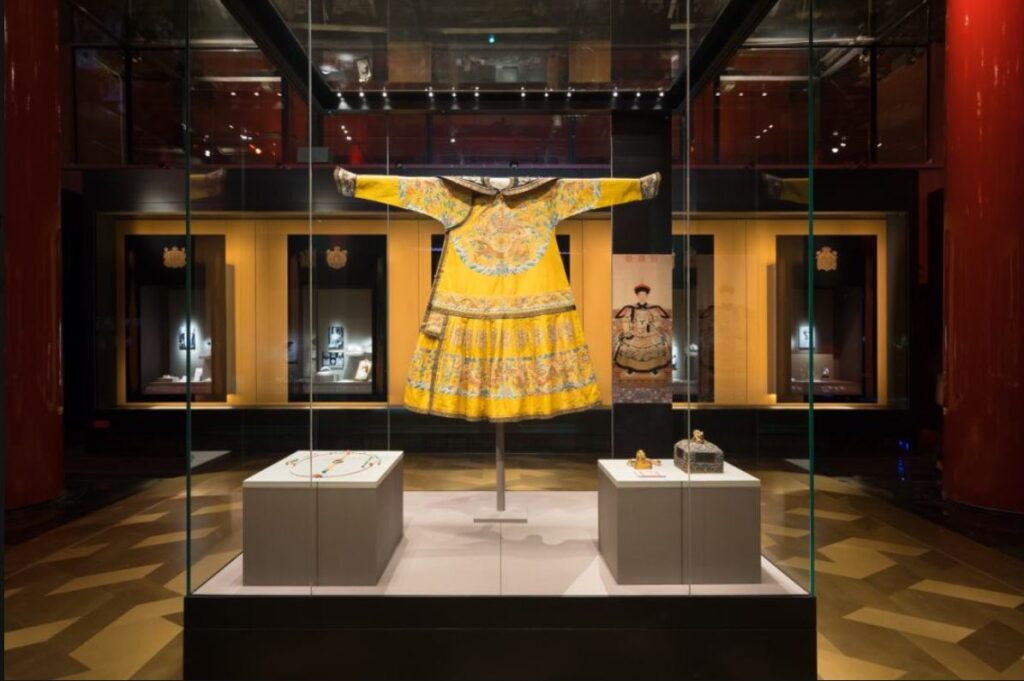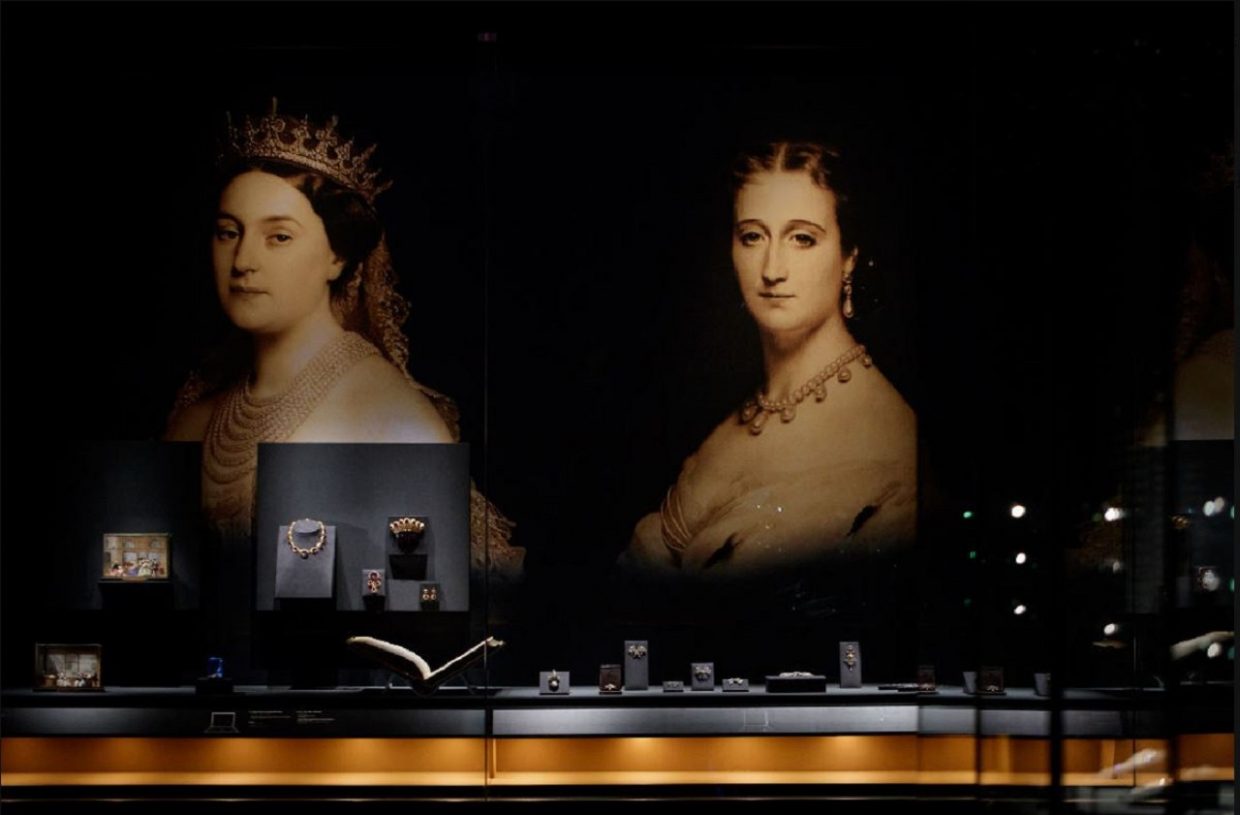Last week, the prestigious French watch and jewelry brand, Cartier, unveiled a new exhibition at the Palace Museum, a national Chinese museum housed in the Forbidden City, in Beijing, China.
Over 800 art pieces from Cartier, the Palace Museum, and other donors including the Metropolitan Museum of Art of New York City and the National Gallery of Australia are on display. The exhibition enables Chinese consumers to revisit their nation’s ancient history and cultural roots, while at the same time immersing themselves in the opulent assets and heritage of Cartier.
On May 31, Cartier hosted a grand opening ceremony at the Palace Museum’s Meridian Gate exhibition hall. Attendees included representatives from the museum, the French Consulate in China, Cyrille Vigneron, global CEO of Cartier, to hundreds of media professionals. The exhibition will be opening to the public from June 1 to July 31.

The Cartier exhibition at the Palace Museum is showcasing both the traditional Chinese and modern Western cultures. Photo: Courtesy of Cartier
Partnering with established museums and art institutions has long been a strategy for heritage luxury brands to differentiate themselves from competitors. The Cartier x Palace Museum partnership is the newest example of how brands tap into the power of art to up their value and authenticity. It is not a completely new approach, however, but it’s a good marketing solution for today’s uncertain Chinese luxury market, where the outlook is greatly shadowed by the ongoing U.S.- China trade war, the potential of Chinese economic slowdown, and a rise of nationalist sentiment among consumers.
In addition, the Cartier x Palace Museum partnership is fundamentally different from some of the fashion exhibitions lately held in China by luxury brands such as, Louis Vuitton, Gucci, and Chanel. While Louis Vuitton (“Volez, Voguez, Voyagez”), Gucci (“The Artist is Present” exhibition), and Chanel(“Mademoiselle Privé” exhibition) were predominately about constructing the narrative for the exhibitions from a brands’ perspective, Cartier, which already has a strong presence in China with a sophisticated digital strategy and retail network, approached it in a co-explorative way that takes into the two parties’ respective heritage into consideration.
For example, the theme of this exhibition “Beyond Boundaries” was a result of a series of conversations between the Cartier and the Palace Museum teams on their mutual experiences with watch repairment. The exhibition is divided into three parts, each showcasing both the traditional Chinese and modern Western cultures.
And as the Cartier x Palace Museum collaboration demonstrates, Western luxury brands are searching for new and innovative ways to connect with the mainland Chinese luxury market. Using a museum exhibit to enhance a brand’s authenticity, in an overly commercialized world, is a subtle yet effective way (though not a fresh approach) to win the respect of Chinese consumers, who increasingly appreciate a foreign brand’s efforts to understand their country’s history and culture. Perhaps the question is: if a firmly-established luxury player in China, like Cartier, needs to continuously innovate its marketing approach to this lucrative and constantly-evolving segment, what does it mean for a brand with a much smaller footprint and less financial resources?



